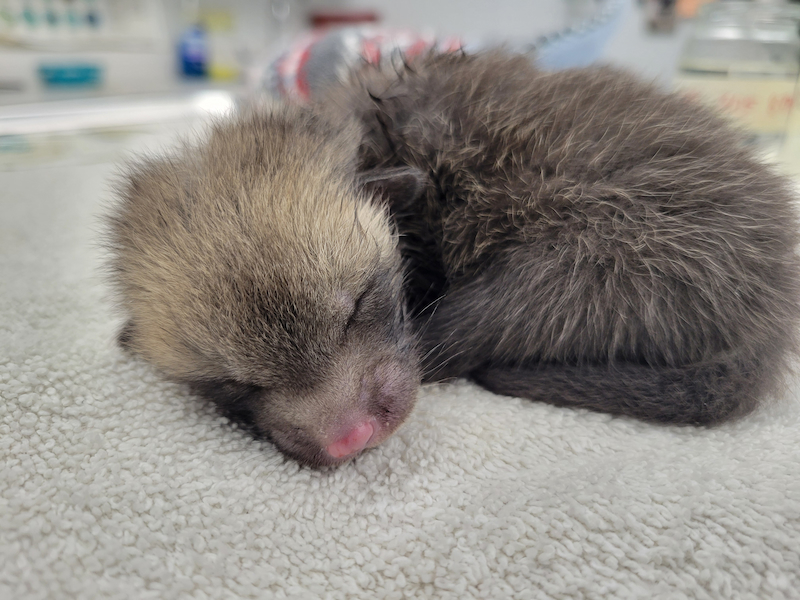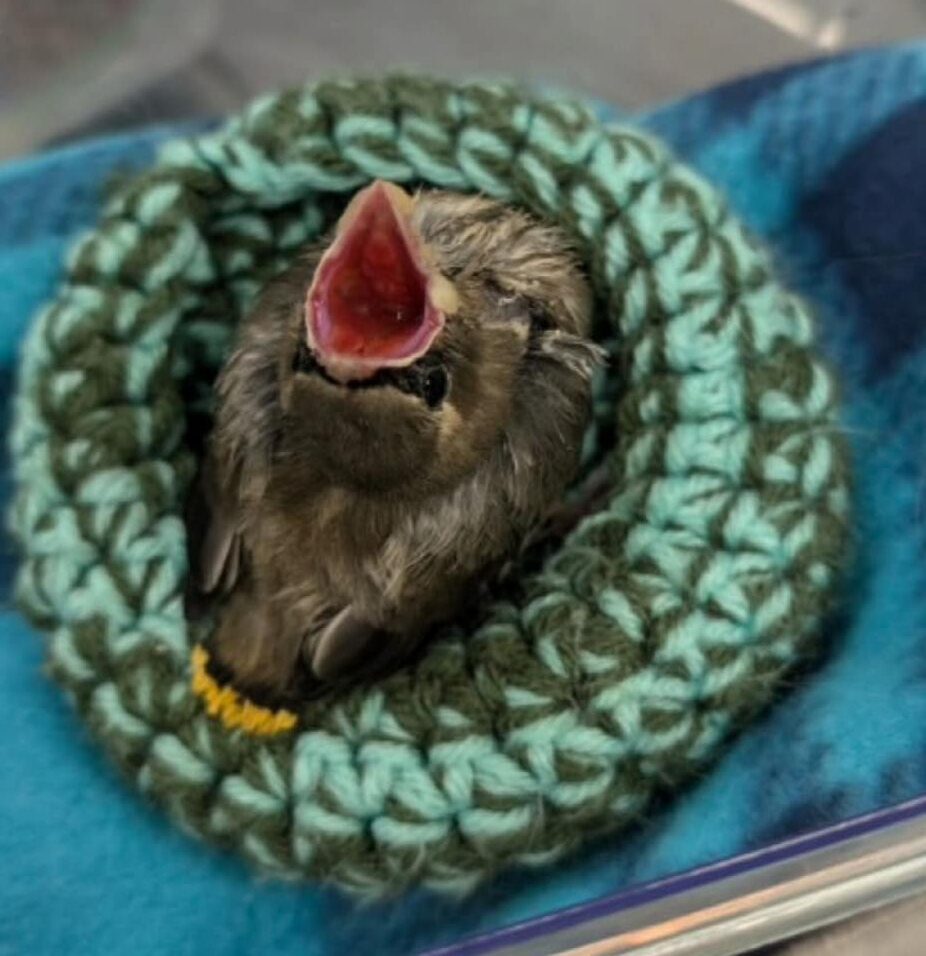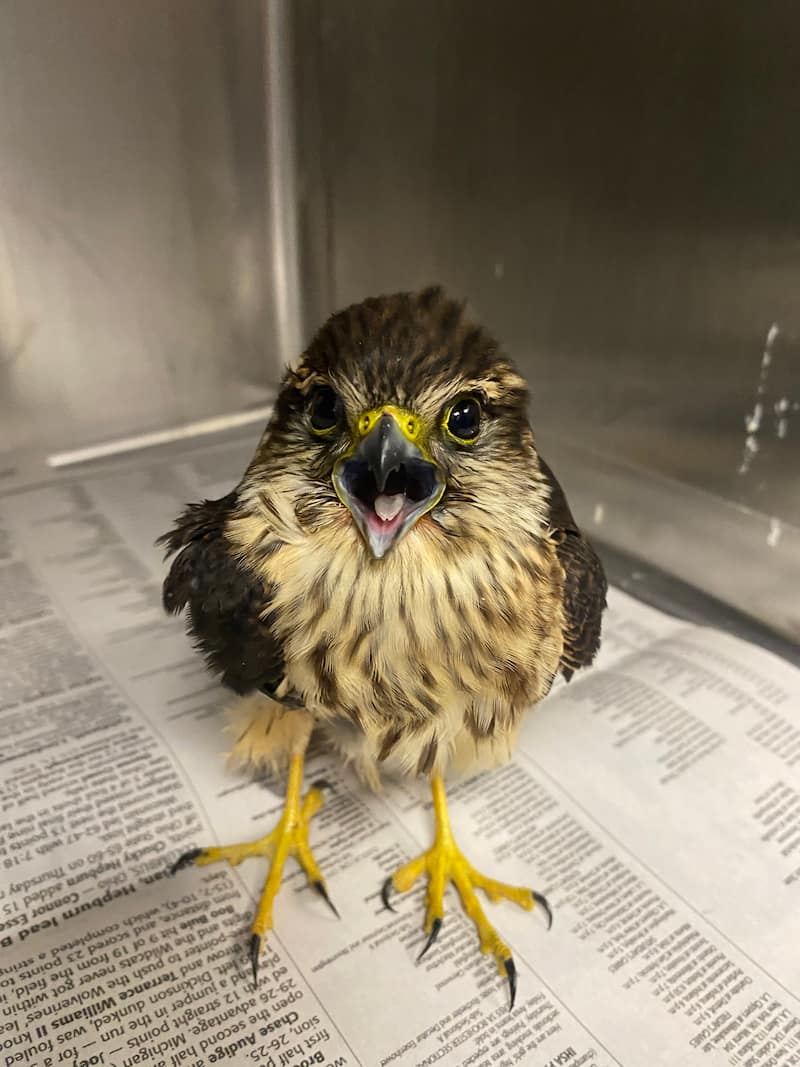About the Red Fox
The red fox (Vulpes vulpes) is a part of the Canidae family and can be found to weigh seven to eighteen pounds, which is about the same weight of the average house cat! They also come in a range of sizes but on average these animals are about three feet long from their nose to the tip of their fluffy tail!
Red foxes are found all throughout Illinois but are less commonly seen in the southern part of the state. They are becoming more common in urban communities due to being outcompeted and predated by growing coyote populations. Foxes are mostly active at night which means they are nocturnal! However, they can also be crepuscular, where you may see them wandering around at dawn and dusk. This is prime time to go hunting for small mammals such as mice and rabbits.
While these animals may appear to be a carnivore, they are actually omnivores! Aside from eating small animals, come summer time, they also dabble in snacks such as local fruit/berry plants, vegetables, other edible plants, and insects.
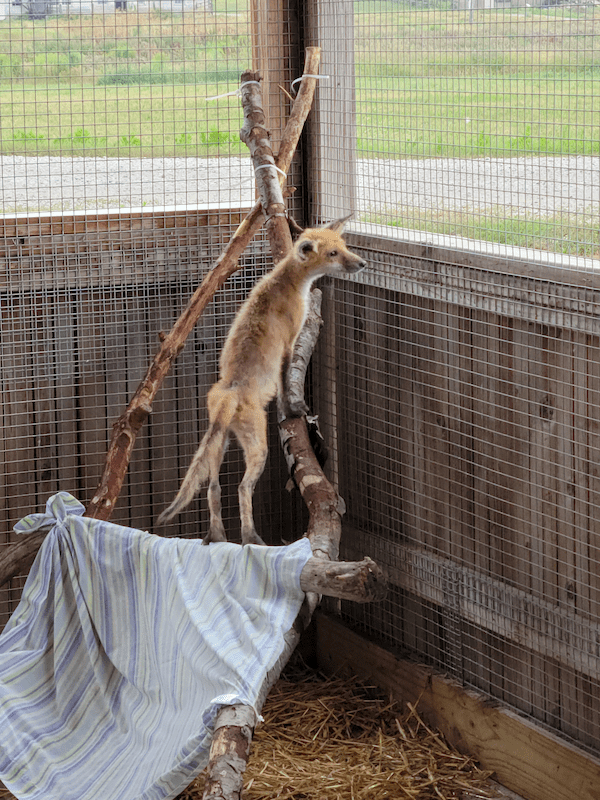
The Dangers they Face
Due to habitat loss and the increase in coyotes, foxes have had to start relocating to more urban locations. While this is not ideal, they have managed to adapt. However, humans are one of their greatest threats. One of the largest causes of mortality is collisions with vehicles. Aside from that, hunting and trapping of fox is another danger they face.
The average lifespan of a wild red fox is about three to seven years. At birth, birds of prey (falcons, hawks, owls) are another source of mortality, specifically in kits (young foxes). Likewise, those coyotes that were mentioned earlier, they will also prey on young and even adult foxes. However, sometimes coyotes will kill them, not to eat them, but to reduce competition; this is known as competitive exclusion.
Common Diseases
Red foxes breed during January to early February and then give birth from late March to late April. With an increase in population, this means a greater chance of spreading disease! Common diseases in red foxes include the following:
Rabies
Rabies is a zoonotic disease which means it can be spread to humans and is typically fatal if not quickly addressed by medical attention. Fortunately, medical intervention is very efficient in preventing the infection if treated immediately. But be careful and be responsible around foxes if you encounter one. It is best to give them space and not approach them.
Sarcoptic Mange
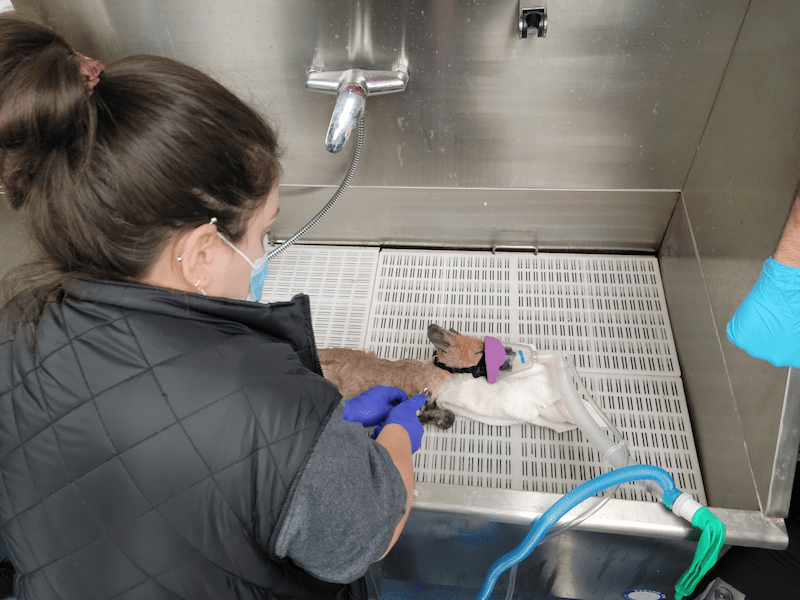
Sarcoptic mange is a disease that is highly infectious. It is a disease resulting from mites that like to burrow in the fur and skin of foxes. While it is transmissible to humans, we fortunately don’t make good hosts for these mites, so they are less likely to survive on us. You may feel itchy for a while, though. The foxes on the other hand, they will require medical care to help clear the disease since it can affect them much more severely than humans. The mites might cause symptoms similar to that of more intense allergic reactions and cause a foxes’ fur to fall out as well as cause extreme skin irritation which can lead to open wounds forming.
Coccidiosis
Coccidiosis is a disease of the intestines. It is caused by a variety of protozoan species. Protozoans are single-celled organisms. These species of Coccidiosis protozoa may cause symptoms of diarrhea and abdominal irritation or even death in foxes.
Conclusion
Fortunately, the red fox can have an increased chance of surviving certain diseases with proper veterinary care. This would include giving medication such as antibiotics (depending on the disease) to the fox as well as keeping the area clean and sanitized while the fox is being cared for.
For more information on these amazing creatures, check out this National Park Service article https://www.nps.gov/articles/species-spotlight-red-fox.htm.
Written by: Rachel, Class of 2027

